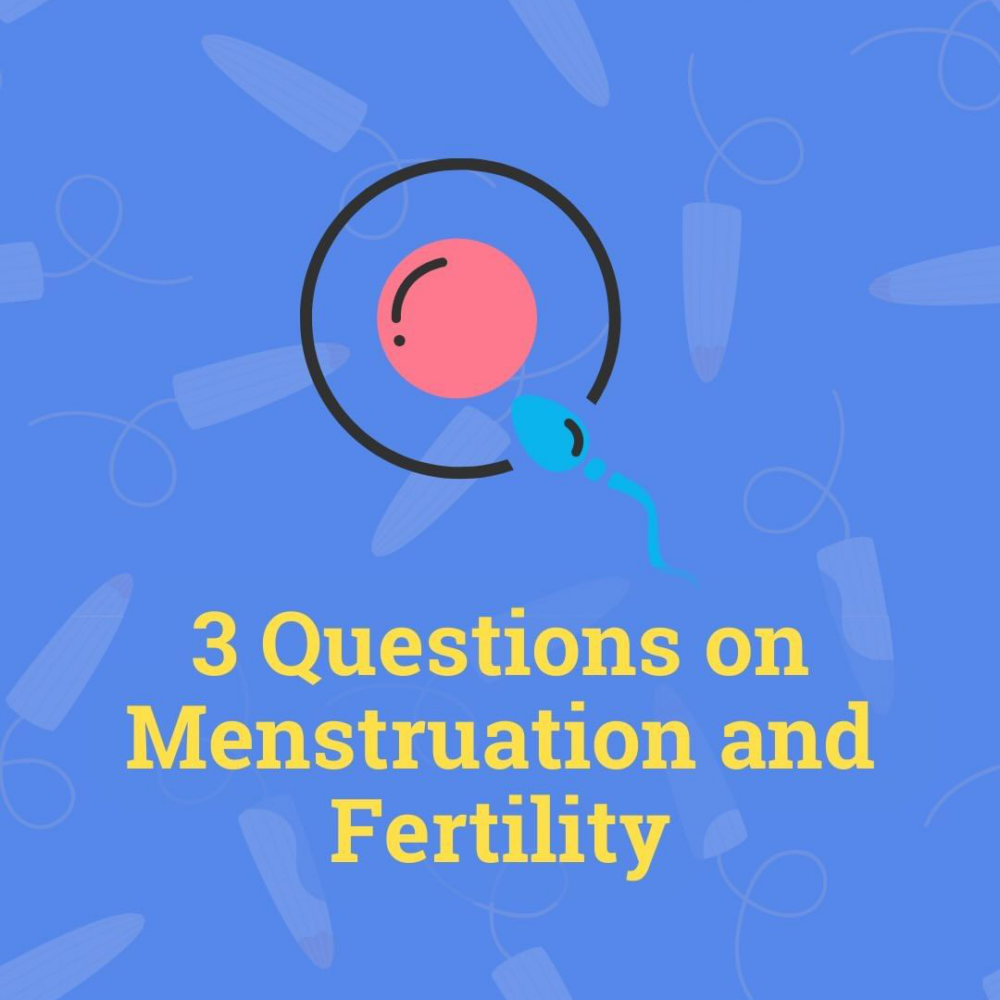So, how much do you know about menstruation?
If no egg has been fertilized by a sperm cell, the endometrium, the thick layer of tissue lining the uterus, will slowly detach and make its way down through the cervix and exit the body through the vagina – a.k.a menstruation (1,2,3). This happens each cycle.
Dark period blood is simply older blood that has oxidized due to being exposed to oxygen for longer. It usually happens at the end and/or at the start of a period. The color of your blood alone is usually nothing to worry about. Talk with a healthcare professional if you notice unusual pain or bleeding, or changes in your volume’s flow or cycle length (3,4,5,6).
Just like everyone’s cycle is different, the amount of blood a person loses during their periods also varies. Anything between 20 to 80 mL (4 teaspoons to a third of a cup) is considered normal.
Losing more than 80 milliliters of blood per cycle, bleeding for longer than 7 days, having to change pads/tampons regularly during the night or every 2 hours or less during the day, and/or passing blood clots over 25 mm long or the size of a quarter or more, is considered heavy bleeding (i.e. menorrhagia). People that are experiencing heavy bleeding, symptoms of weakness, fatigue, dizziness, or shortness of breath during their periods should talk with their healthcare professional (7,8,9,10,11,12).
Retrograde menstruation describes the backward flow of menstrual blood through the fallopian tubes into the pelvic cavity, rather than exiting the body through the vagina as usual. While it is fairly common, the exact cause is unclear (13,14).
Sources: https://tinyurl.com/SUFMenstrualCycleQuiz
View our original Tweet!
How much do you know about menstruation?
Take our quiz to test your knowledge and go here for more details! https://t.co/z61ulzY9xB#ScienceUpFirst pic.twitter.com/dAXPyT8YU3
— ScienceUpFirst | LaScienced'Abord (@ScienceUpFirst) March 15, 2024
View our original Instagram Post!




